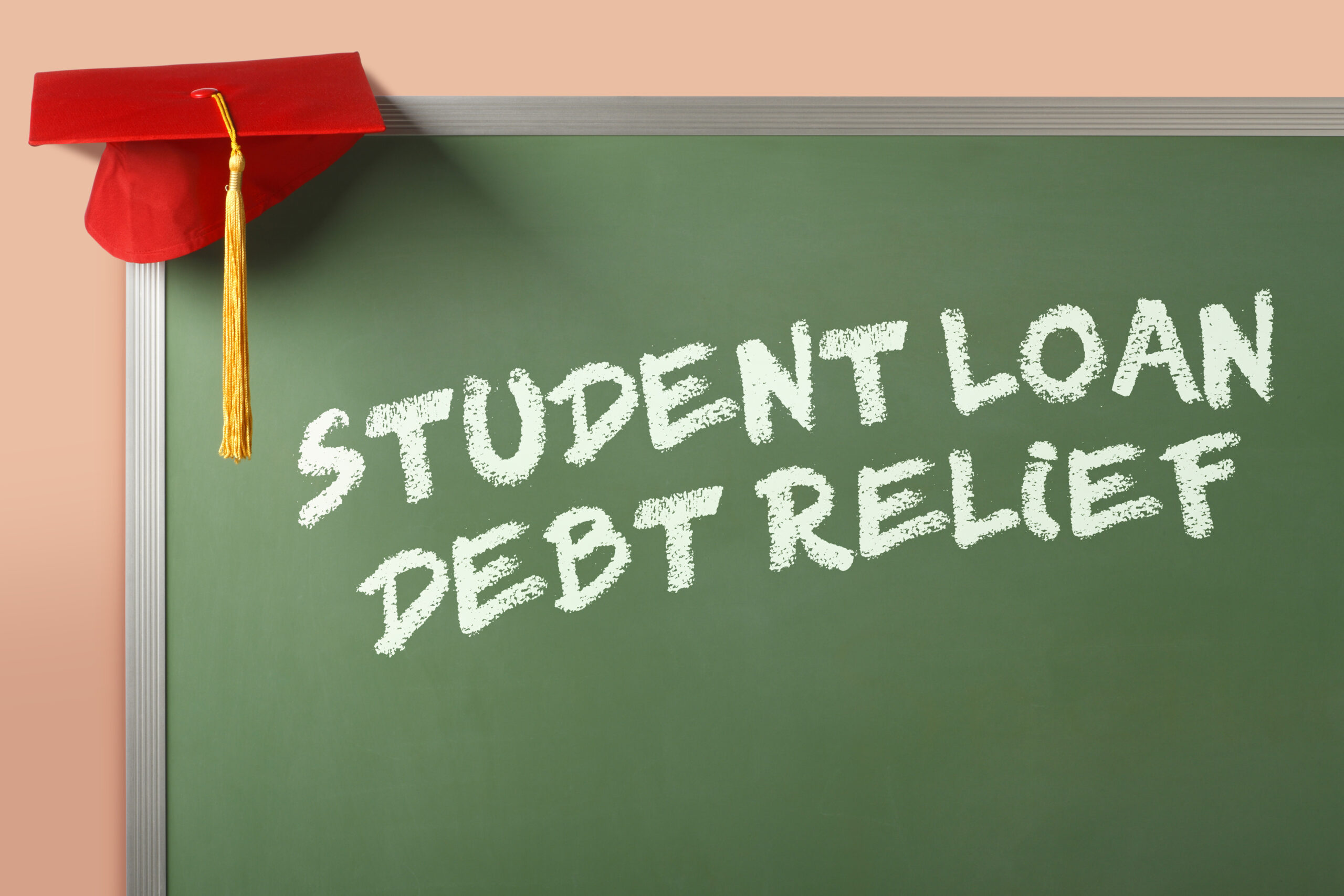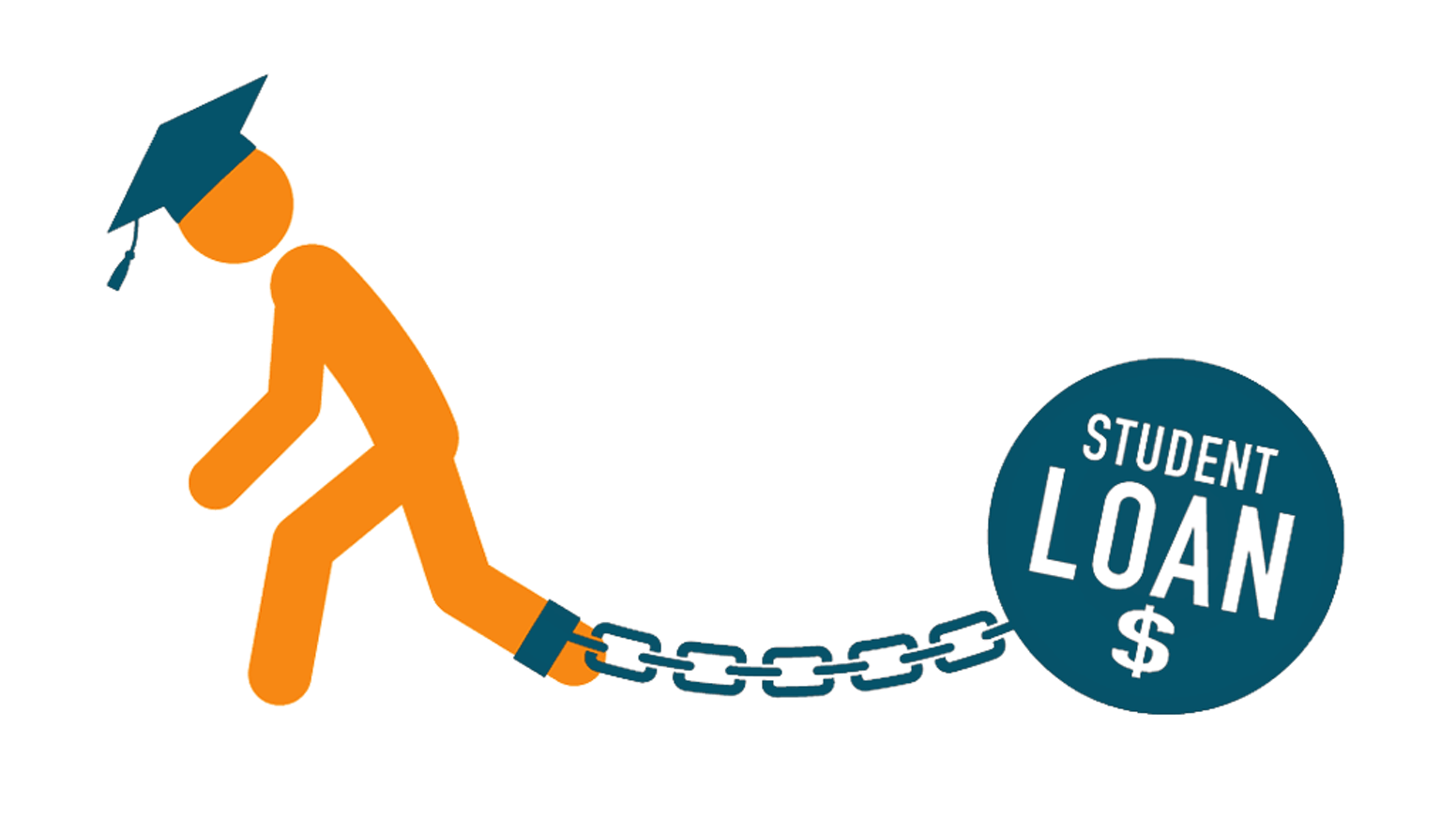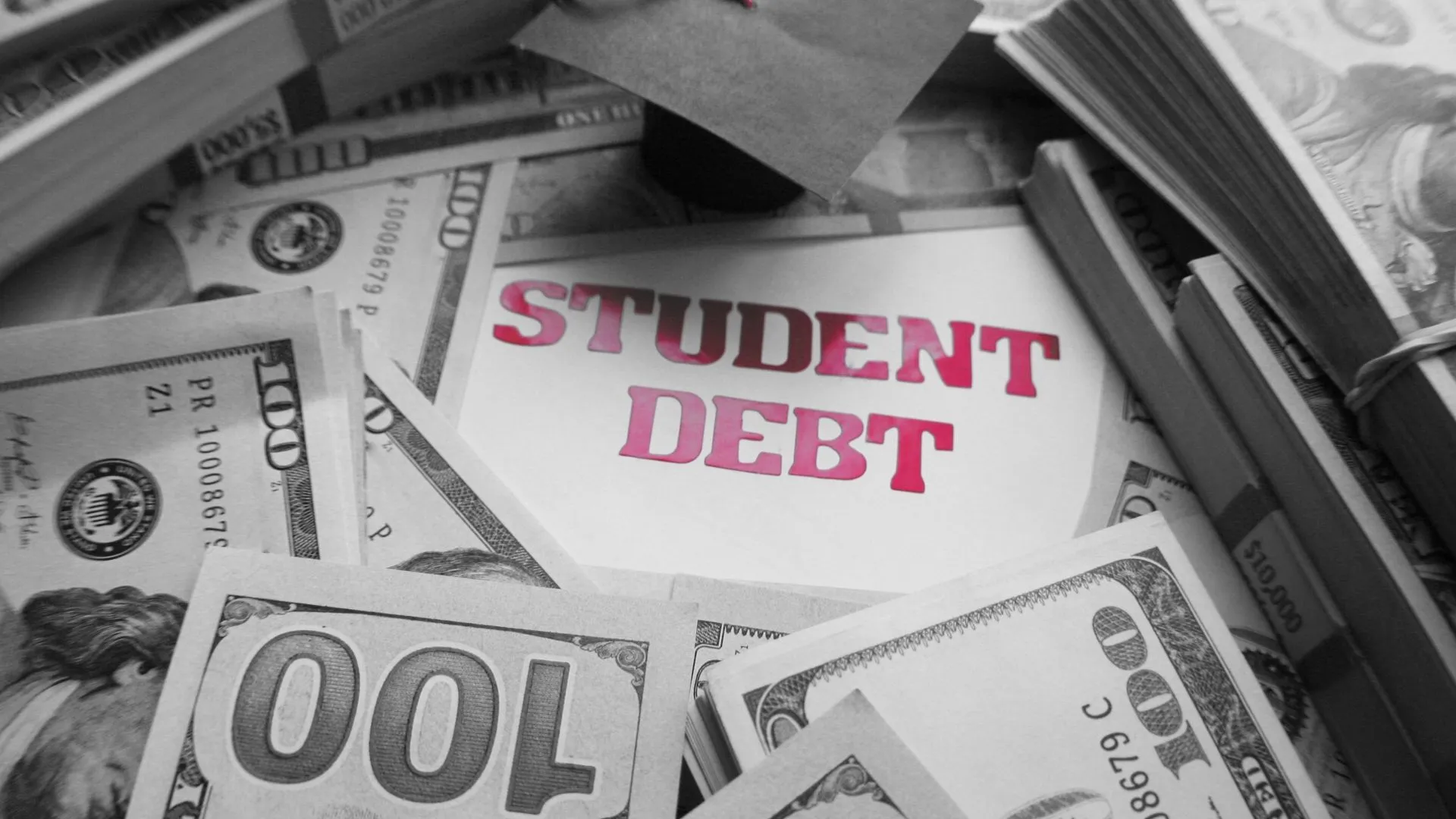Relief of student loan debt – Student loan debt relief has emerged as a prominent topic in the United States, with the potential to significantly impact the economy, individuals, and society. This article explores the various aspects of student loan debt relief, including its economic impact, individual financial benefits, social and educational implications, implementation challenges, and a comparison of policy options.
The economic impact of student loan debt relief is a key consideration. Data suggests that it could stimulate consumer spending, reduce inflation, and boost GDP. Additionally, individuals stand to benefit financially from reduced monthly cash flow, increased savings, and improved retirement planning.
Economic Impact

The potential relief of student loan debt has sparked discussions about its economic implications. Proponents argue that it would stimulate the economy, while opponents express concerns about its impact on inflation and national debt.
Research suggests that student loan debt relief could boost consumer spending, as individuals would have more disposable income. This increased spending would lead to higher demand for goods and services, thereby stimulating economic growth.
Impact on Inflation
Some economists contend that student loan debt relief could contribute to inflation. As individuals have more money to spend, they may increase their consumption, leading to higher prices for goods and services. However, others argue that the impact on inflation would be minimal, as the relief would be spread out over several years.
Impact on GDP
The Congressional Budget Office (CBO) estimates that canceling $10,000 in student loan debt for all borrowers would increase GDP by 0.2% in the long run. This is due to the increased consumer spending and investment that would result from the relief.
Individual Financial Benefits

Student loan debt relief can provide significant financial benefits to individuals, improving their cash flow, savings, and retirement planning.
The impact of student loan debt on individuals and the economy has been significant. Many borrowers struggle to make payments, which can lead to financial hardship and missed opportunities. The government has implemented programs to help borrowers manage their debt, including income-driven repayment plans and loan forgiveness.
For more information on relief of student loan debt , please visit the website.
Relief from student loan debt can increase monthly cash flow, freeing up funds for other expenses such as housing, transportation, or healthcare. This additional cash flow can also be used to build an emergency fund or pay down other debts.
Savings and Retirement Planning
Debt relief can also enhance savings and retirement planning. With reduced student loan payments, individuals can contribute more to savings accounts, retirement plans, or invest in other financial instruments. This can accelerate wealth accumulation and secure financial stability in the long term.
Case Study
Consider the case of Sarah, a recent college graduate with $50,000 in student loan debt. Under the current repayment plan, she pays $500 per month towards her loans. If she receives $20,000 in debt relief, her monthly payments would drop to $300. This additional $200 could be used to build an emergency fund, contribute to a retirement account, or invest in the stock market.
Social and Educational Implications

Student loan debt relief has the potential to transform the social and educational landscape of the United States. It can promote access to higher education, reduce income inequality, and enhance social mobility.Research indicates that student loan debt has a significant impact on access to higher education.
A study by the National Center for Education Statistics found that students from low-income families are more likely to borrow student loans and to have higher levels of debt than students from high-income families. This debt can be a deterrent to pursuing higher education, as students may be concerned about the financial burden it will place on them and their families.Student
loan debt also contributes to income inequality. A study by the Brookings Institution found that student loan debt is a major factor in the growing gap between the rich and the poor. The study found that households with student loan debt have lower net worth and incomes than households without student loan debt.Finally,
student loan debt can limit social mobility. A study by the Pew Research Center found that student loan debt is a major factor in the declining rate of social mobility in the United States. The study found that people with student loan debt are less likely to move up the economic ladder than people without student loan debt.
Access to Higher Education
Student loan debt relief can increase access to higher education by making it more affordable for students to attend college. When students have less debt, they are more likely to be able to pursue their education without having to worry about the financial burden it will place on them and their families.
Income Inequality
Student loan debt relief can reduce income inequality by helping to close the gap between the rich and the poor. When households have less student loan debt, they have more money to spend on other things, such as housing, food, and healthcare.
This can help to improve their overall financial well-being.
Social Mobility
Student loan debt relief can enhance social mobility by making it easier for people to move up the economic ladder. When people have less student loan debt, they are more likely to be able to afford to buy a home, start a business, or invest in their education.
This can help them to improve their economic status and achieve their goals.
Implementation and Challenges
Student loan debt relief can be implemented through various approaches, each with its own complexities and obstacles.One approach involves legislative action, where Congress passes a law authorizing the cancellation of student loan debt. This approach requires significant political support and can be subject to legal challenges.Another
approach is executive action, where the President uses executive authority to forgive student loan debt. This approach faces potential legal hurdles and may be subject to challenges from Congress.Additionally, administrative action by the Department of Education can also be used to implement student loan debt relief.
This approach involves changing regulations and policies to forgive student loan debt. However, it may face legal challenges and may be limited in scope.
Potential Challenges and Obstacles
Implementing student loan debt relief faces several potential challenges and obstacles. These include:
Administrative challenges
Processing and forgiving millions of student loans can be a complex and time-consuming process, requiring significant administrative resources.
The issue of student loan debt has been a major concern for millions of Americans, with many calling for its relief. The government has taken some steps in this direction, but advocates say more needs to be done. For more information on the relief of student loan debt , please visit the website.
Legal challenges
Student loan debt relief may face legal challenges from various parties, including loan servicers, bondholders, and taxpayers.
Political challenges
Student loan debt relief is a politically charged issue, with different perspectives and interests among stakeholders.
Administrative, Legal, and Political Factors
The implementation of student loan debt relief involves various administrative, legal, and political factors. These factors include:
Administrative factors
The Department of Education must establish clear guidelines and procedures for forgiving student loan debt, ensuring a fair and efficient process.
Legal factors
The legal authority for student loan debt relief must be established, considering potential challenges and ensuring compliance with applicable laws and regulations.
Political factors
The political climate and stakeholder interests play a significant role in shaping the implementation of student loan debt relief, influencing the scope and timing of the program.
Comparison of Policy Options: Relief Of Student Loan Debt
Various policy options exist for addressing the issue of student loan debt. Each option offers distinct advantages and drawbacks, with varying implications for individuals, the economy, and society as a whole.
Loan Forgiveness
Loan forgiveness involves canceling outstanding student loan balances. This option would provide immediate relief to borrowers, potentially eliminating a significant financial burden. However, it could be costly for taxpayers and may not address the underlying factors contributing to the student loan debt crisis.
Income-Driven Repayment Plans
Income-driven repayment plans adjust monthly loan payments based on a borrower’s income and family size. This option can make student loans more manageable for low-income borrowers, but it may extend the repayment period and increase the total amount paid over time.
The Biden administration recently announced a new plan to provide relief of student loan debt to millions of borrowers. This move has been met with mixed reactions, with some praising the effort to reduce the burden of student debt and others expressing concerns about the potential cost to taxpayers.
Refinancing, Relief of student loan debt
Refinancing involves obtaining a new loan at a lower interest rate to consolidate existing student loans. This option can reduce monthly payments and save money on interest, but it may not be available to all borrowers with poor credit or high debt-to-income ratios.
The optimal policy option will depend on the specific circumstances of borrowers and the broader economic and social goals. Careful consideration should be given to the potential impact of each option on individuals, the economy, and society before implementing any policy changes.
Conclusion
The implementation of student loan debt relief poses challenges related to administrative, legal, and political factors. However, it also presents opportunities to address income inequality, social mobility, and access to higher education. By carefully considering the different policy options available, policymakers can develop a comprehensive approach to student loan debt relief that maximizes its benefits for individuals, the economy, and society.
FAQ
What are the eligibility criteria for student loan debt relief?
Eligibility criteria vary depending on the specific relief program. Generally, programs target individuals with federal student loans who meet certain income or debt-to-income ratio thresholds.
How much student loan debt can be forgiven?
The amount of student loan debt forgiven depends on the program. Some programs offer full loan forgiveness, while others provide partial forgiveness or income-driven repayment plans.
What are the potential drawbacks of student loan debt relief?
Potential drawbacks include the cost to taxpayers, the impact on the availability of student loans in the future, and the potential for inflation if the relief is not implemented carefully.
